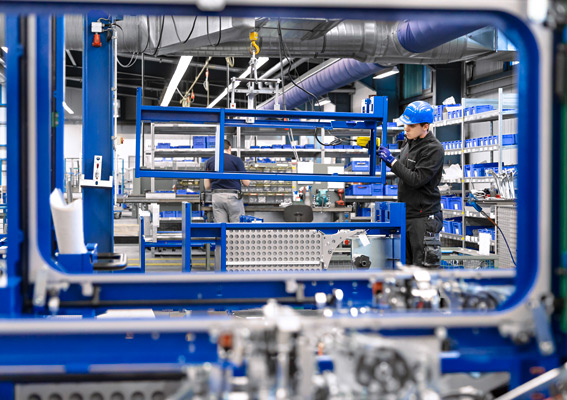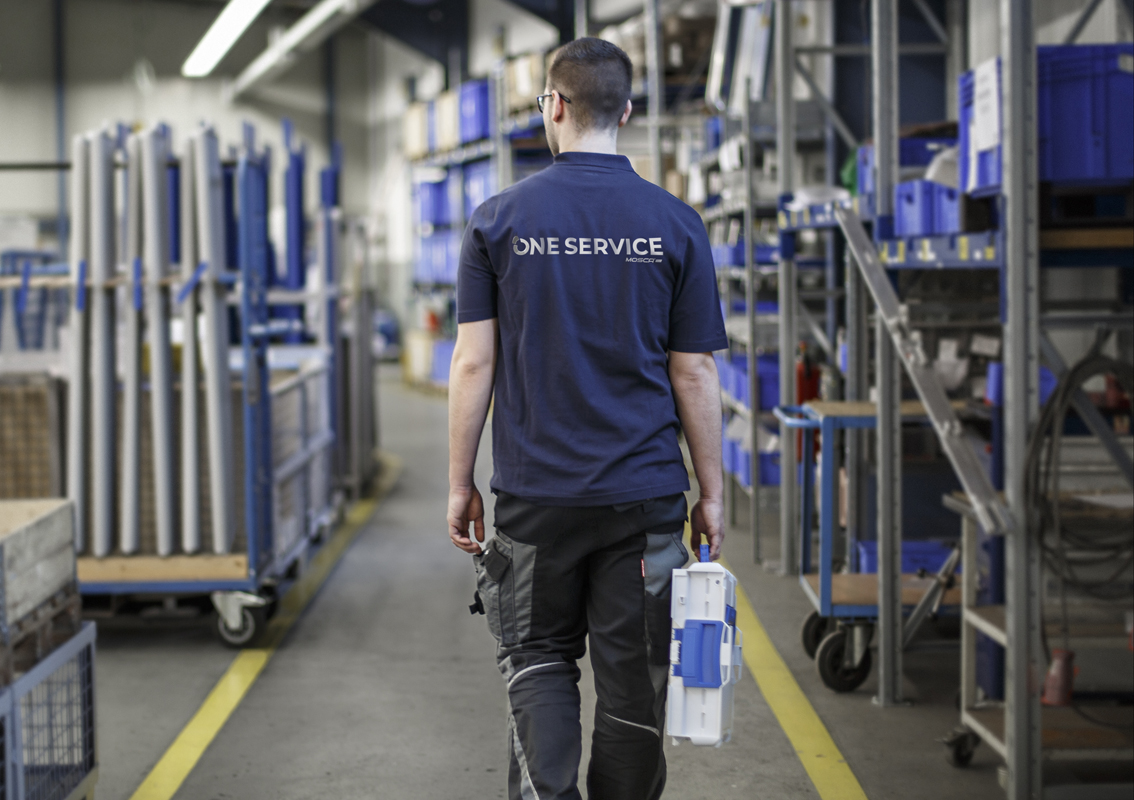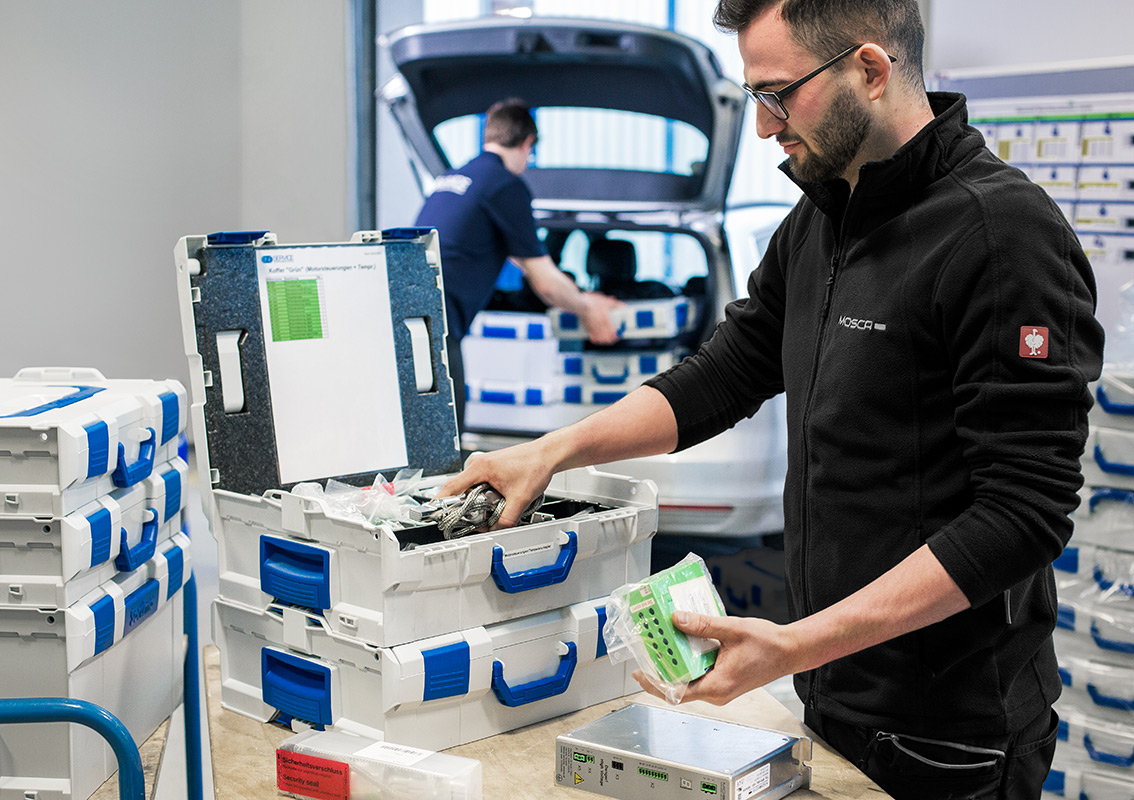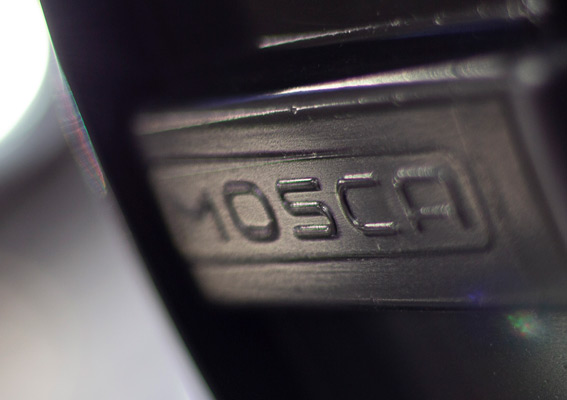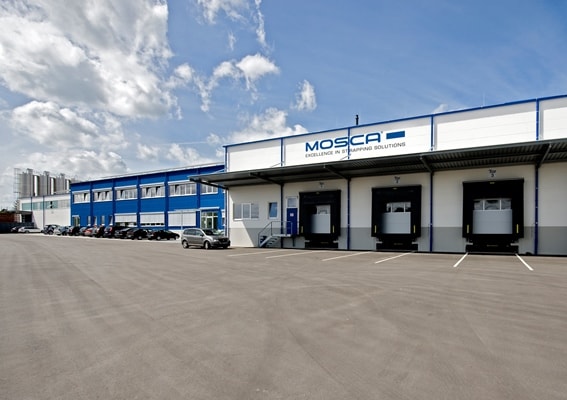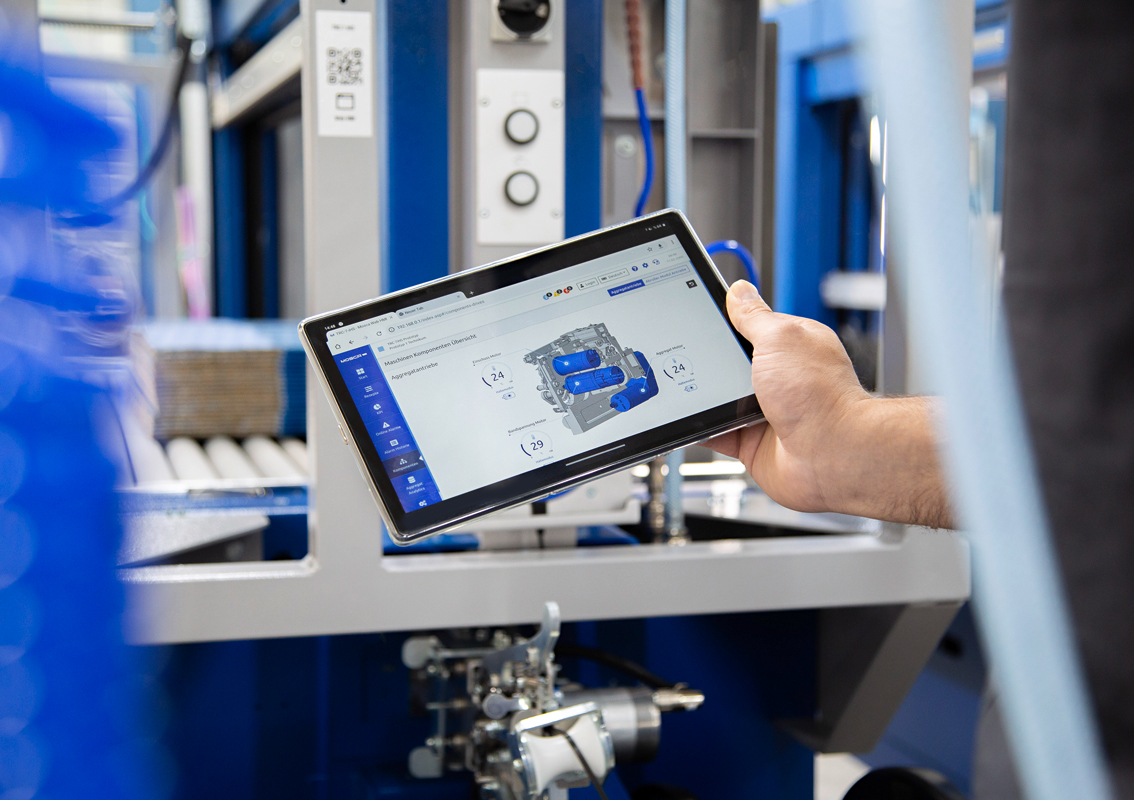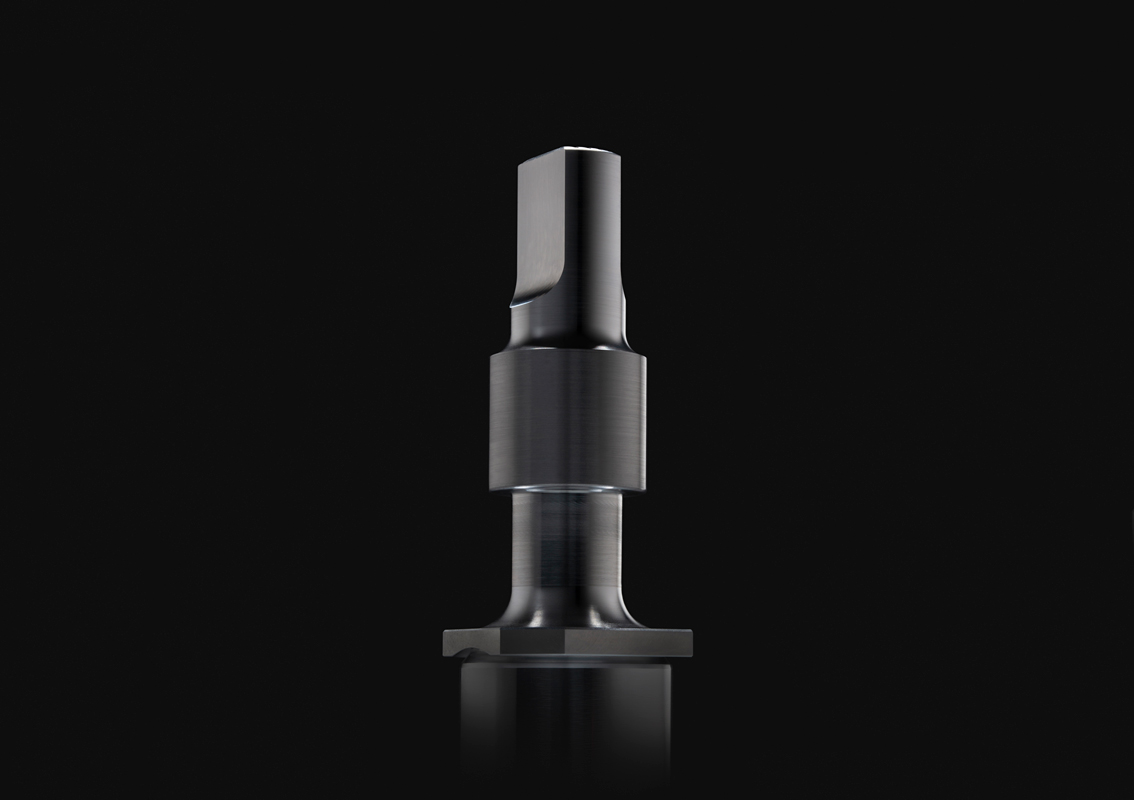Using strap and stretch wrap to close and secure products are sometimes seen as competitors – but these two complementary end-of-line packaging methods both play important roles in securing loads for transport.
Benefits of strapping products
Strapping is versatile – it can be applied horizontally to stabilize layers in a shipping unit, or vertically to restrain loads over their full height and tie them to pallets. Polyester (PET) strapping, which is the strap most used for pallet load and shipping unit securement, is a high tensile strength, low elongation material that does an excellent job at restraining relatively uniform, stackable loads. Strap size can be increased as load weight and restraint requirements increase, helping to manage costs and consumable material usage.
Recycled PET strapping material – number 1 recycled plastic – is in high demand as companies look for more ways to increase their sustainability. PET strap is made entirely from recycled material like bottle flakes and because of its recycled properties, it can be returned to the recycling loop.
Best application uses for stretch wrap
For most load securement processes, stretch wrap is wound from a coil of film around the perimeter of the shipping unit. The film is pre-stretched and shrinks when applied, providing a snug multi-layer shell around the load perimeter. It is especially effective on lighter products where its elasticity is not a limitation. It can improve stability to non-uniform or unstable products that are hard to contain with strap. It also provides good dust protection and with addition of a cover, can provide rain protection. Most stretch film is made from linear low-density polyethylene (LLDPE), the fourth most recycled plastic. It is less widely recycled than PET, but there is a market for recycled film when quantities are collected. It is generally run through a film grinder in preparation for recycling.
STRETCH FILM IS PARTICULARLY IMPORTANT FOR PRODUCT PROTECTION – STRAPPING PROVIDES THE LOAD WITH THE NECESSARY STABILITY FOR TRANSPORT.
How do strap and stretch wrap compare?
Both products can be applied with a range of technologies from hand applications to fully automatic systems, with production rates from a few loads to over 150 per hour.
Stretch film can be wrapped around the pallet perimeter, providing some resistance to the product sliding off the pallet during handling and transport. However, vertical straps that pass through the pallet void or under the load are the best option for tying loads to pallets and restraining heavier, settling, and, expanding loads during storage and shipment.
Film is somewhat gentler on the package. Strap can cut into packaging after tensioning and vulnerable products may require top frames to prevent strap from indenting or cutting into packaging.
While it is an issue for the customer rather than the producer, strap is easier to remove from the load than film and takes up less space after removal.
Strapping and stretch film have different characteristics and bring different advantages as packaging solutions. Sometimes they are competitors, but sometimes a combination provides the optimum solution. Film does a good job on lighter loads, containing unstable stacks and non-uniform loads, and provides a dust and moisture barrier. Strap works better with heavier loads, tying loads to pallets, restraining expanding units and maintaining stability over long hauls and rough handling. Applications that require features of both products often strap and wrap.
Mosca's position
The Mosca Group is focused primarily on higher throughput, automated solutions to end-of-line packaging requirements; its product portfolio includes Movitec stretch wrap systems. While Mosca is best known for its superior strapping systems, its aim is to assist customers in finding the best solutions for their applications. It is our goal to offer holistic solutions that also include the combination of strapping and stretch wrapping processes if needed.
How to choose
To make the best decision about how to package your products for shipment, consider:
- What is needed to stabilize the pallet loads and shipping units based on weight, uniformity, stacking stability and resulting vertical / horizontal containment needs
- Production speeds / throughput requirements
- Severity of handling and transport distance
- Capital and consumable cost
- Sustainability issues
- Customer preferences
Having the application surveyed by sellers of both types of systems and comparing recommendations is a good way to make an informed decision.
"Strapping and stretch film have different characteristics and bring different advantages as packaging solutions. Sometimes they are competitors, but sometimes a combination provides the optimum solution."
 Mosca International
Mosca International
 America
America
 Asia
Asia
 Australia
Australia
 中国
中国
 Deutschland
Deutschland
 Suomi
Suomi
 France
France
 Great Britain
Great Britain
 Indonesia
Indonesia
 日本
日本
 Malaysia
Malaysia
 Mexico
Mexico
 Nederland
Nederland
 Polska
Polska
 España
España
 ประเทศไทย
ประเทศไทย
 Magyarország
Magyarország

